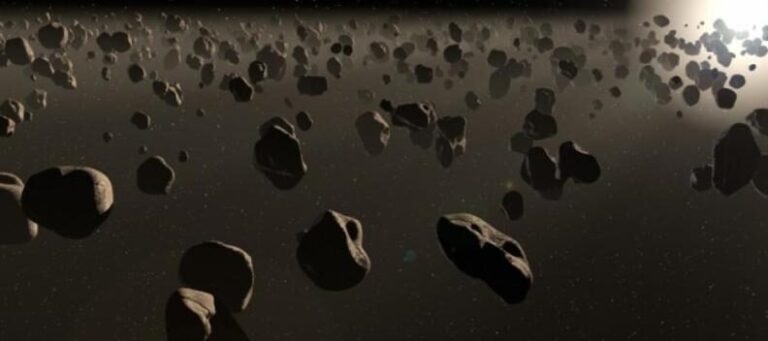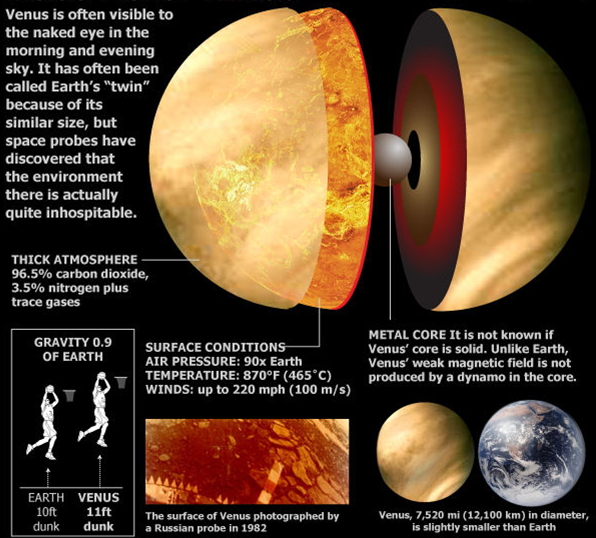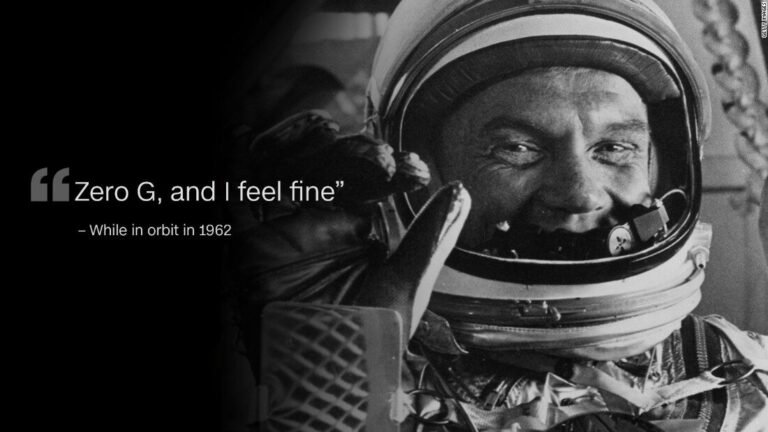April Astronomy: Lyrid Meteor Shower
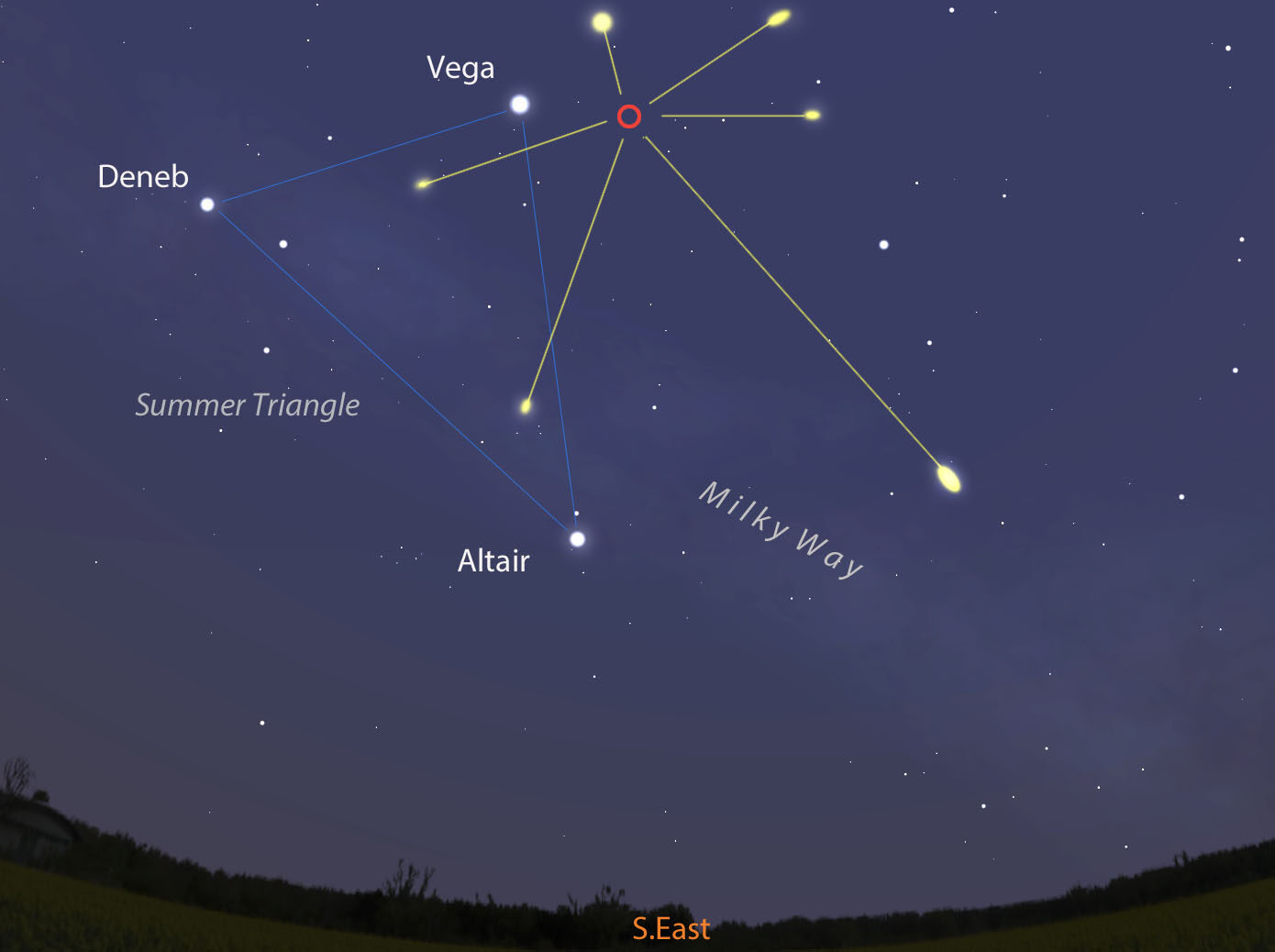
Astronomers in the Northern Hemisphere are set for a treat this April as the Lyrid meteor comes into view in many locations between the 16th and 25th of April.
The best chance in April to see the meteor shower will probably occur on Saturday, April 22nd before dawn, but other days might also see lots of action. The average Lyrid meteor shower can produce 15 to 20 meteors per hour, with some years yielding up to a hundred. These peaks are known as “outbursts” but they’re notoriously difficult to predict.

“People say there is some periodicity there, but the data doesn’t support that. Although there is an average of 30 years between these outbursts, that’s only an average; the actual number of years between the events varies.”
For the best chance of seeing some meteor action, you will need to check the radiant; this is the point where the meteors should originate. It should be high in the evening, located around the constellation Lyra, northeast of Vega which should be one of the brightest stars in the sky. Keep in mind that if you look directly at the radiant you might miss some of the meteors with extremely long tails.
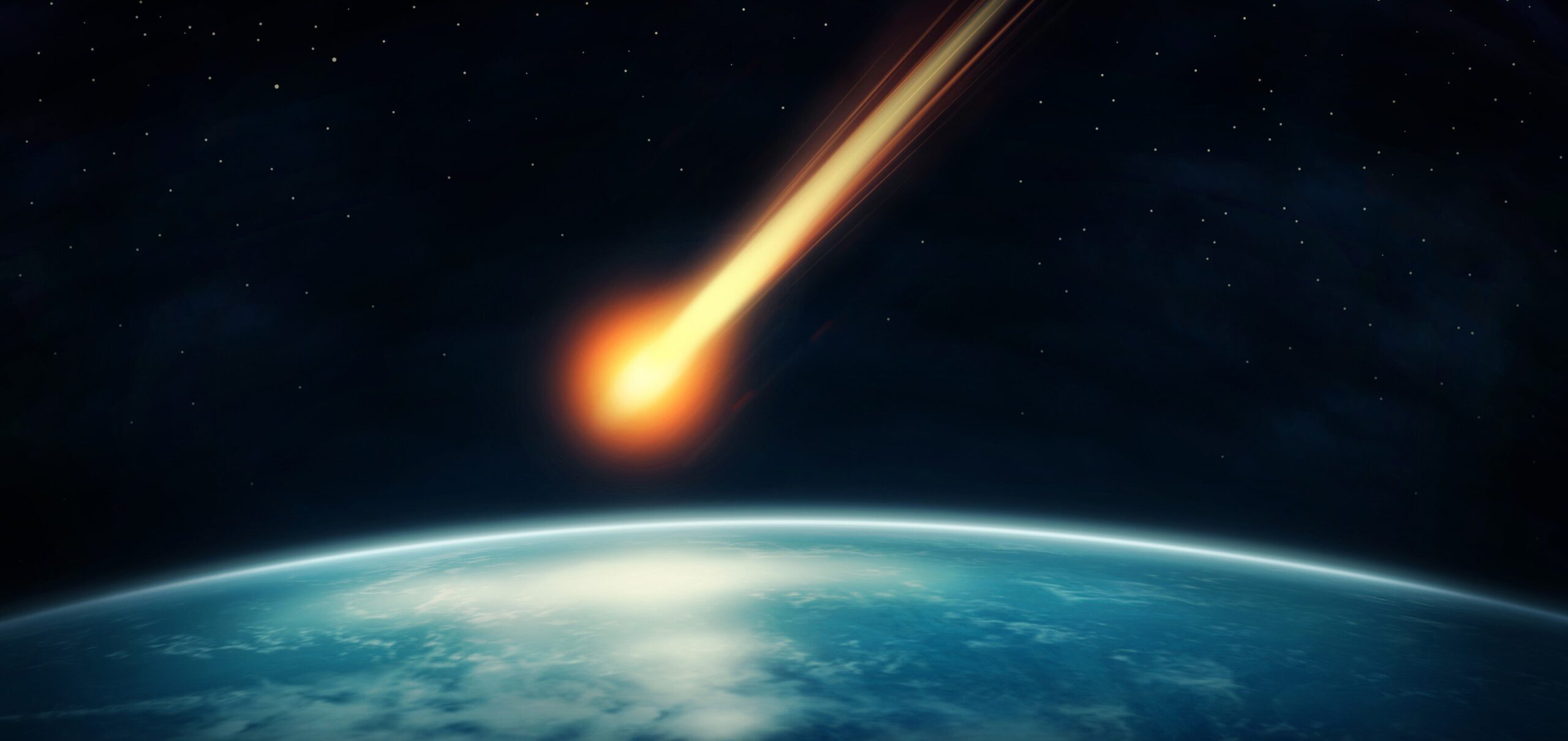
Moonlight should not cause any issues as the new moon starts a few days after the peak period. Rural areas, away from light pollution caused by cities, are obviously the best place to get a brilliant view. The meteor shower should be bright, but not us bright as the Perseid meteor shower in August. You won’t need any special equipment; just look up at the sky on a clear night and prepare to be amazed.

Occasionally, the shower intensifies. Most years in April there are no more than 5 to 20 meteors per hour during the shower’s peak. But sometimes, when Earth glides through an unusually dense clump of comet debris, the rate increases. Sky watchers in 1982, for instance, counted 90 Lyrids per hour. An even more impressive outburst was recorded in 1803 by a journalist in Richmond, Virginia, who wrote:
“Shooting stars. This electrical [sic] phenomenon was observed on Wednesday morning last at Richmond and its vicinity, in a manner that alarmed many, and astonished every person that beheld it. From one until three in the morning, those starry meteors seemed to fall from every point in the heavens, in such numbers as to resemble a shower of sky rockets…”
Source:
The source of the Lyrid meteors is Comet Thatcher. Every year, in the later part of April, the Earth crosses the orbital path of Comet Thatcher (C/1861 G1). There are no photos of this comet due to its 415-year orbit around the sun. Comet Thatcher last visited the inner solar system in 1861, and this comet isn’t expected to return until the year 2276. Debris shed by this comet bombards the Earth’s upper atmosphere at 110,000 miles per hour. The vaporizing debris streaks the nighttime with medium-fast Lyrid meteors.
Experience with the Lyrid meteor shower? Best skywatching tips? Let me know on Facebook!

